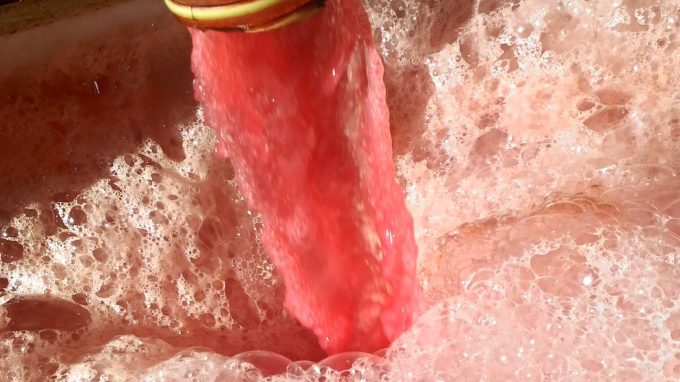'Live from the Langhe & Roero' DBGitalia connects classic Italian fine wine producers with U.K. & Worldwide importers & distributors

Published
10 February 2022
Tags
2017 Barolo vintage – c’est très jolie!
2017 Langhe vintage: after a relatively mild winter, I recall a warm sunny March, & atypical 23 degree days accelerating the vegetative growth, followed by spring rain, & then on April 14th frost that damaged Barolo’s lower vyds & localised hail in Barbaresco (San Cristoforo). But it was the constant 30 degree days & drought caused by the N. African anticyclone ‘Caronte’ from mid-May until 1st Sept without a break that left its mark. Producers are tending to leave on more leaves to protect from the sun, plus some use Caolina, a natural sun-block made from crushed rock, & nets too alas (vs hail, sun & weather extremes!). Important rain showers in the Barolo zone on 29th July & 1st Sept refreshed the canopy & vines (& folk!), helping to revive & kickstart the Nebbiolo vines. 1st Sept also brought significantly cooler nights, almost October-esque; it was like waking up to crisp, dewy mornings. Generally, the villages of Verduno, La Morra & Barolo (lower, warmer, more precocious) started to pick Nebbiolo the week of 18th Sept, three weeks earlier than normal, while the higher, cooler, poorer, more backward calc soils of Castiglione Falletto, Monforte & Serralunga d’Alba (& even cool Novello?) could afford to hang on until week of 25th Sept & beyond. One positive created by the hot dry conditions: little disease pressure & weak vegetative growth meant cleaner fruit, due to fewer (chemical) treatments & less mechanical work in the vyd! Warmer, drier Barbaresco appears to have suffered more, hit by a triple whammy of hail, frost & drought so skins are thick & yields are down. But the vintage is no 2003, being fresher, especially the nights, with intermittent rain, & hence no real sign of desiccated fruit or wilting vines. It is of course thanks to the Langhe & (to a lesser extent) Roero’s water-retentive marne soils the vines are able to see out dry hot summers such as 2017. Due to the siccità, it would appear that ‘salificazione’ took place; under stress the vine drew up only essential minerals with which to survive, so increasing the ‘sapidità’, & lowering the pH. Barolo Cannubi vyd started being picked on 18th Sept, three/four wks ahead of norm! Barbaresco perhaps suffered most, missing out on key rain showers during the middle of the year. It was year that called for an early harvest to ensure good acidities, shorter pumping-over macerations to extract less rather than more, & judicious use of oak to avoid compromising the delicate fruit profile. Similar perhaps to a 2005 or 2001?
(foto: racking 2017 Nebbiolo da Barolo, Cantina Bartolo Mascarello on 23 Sept. 2017!)